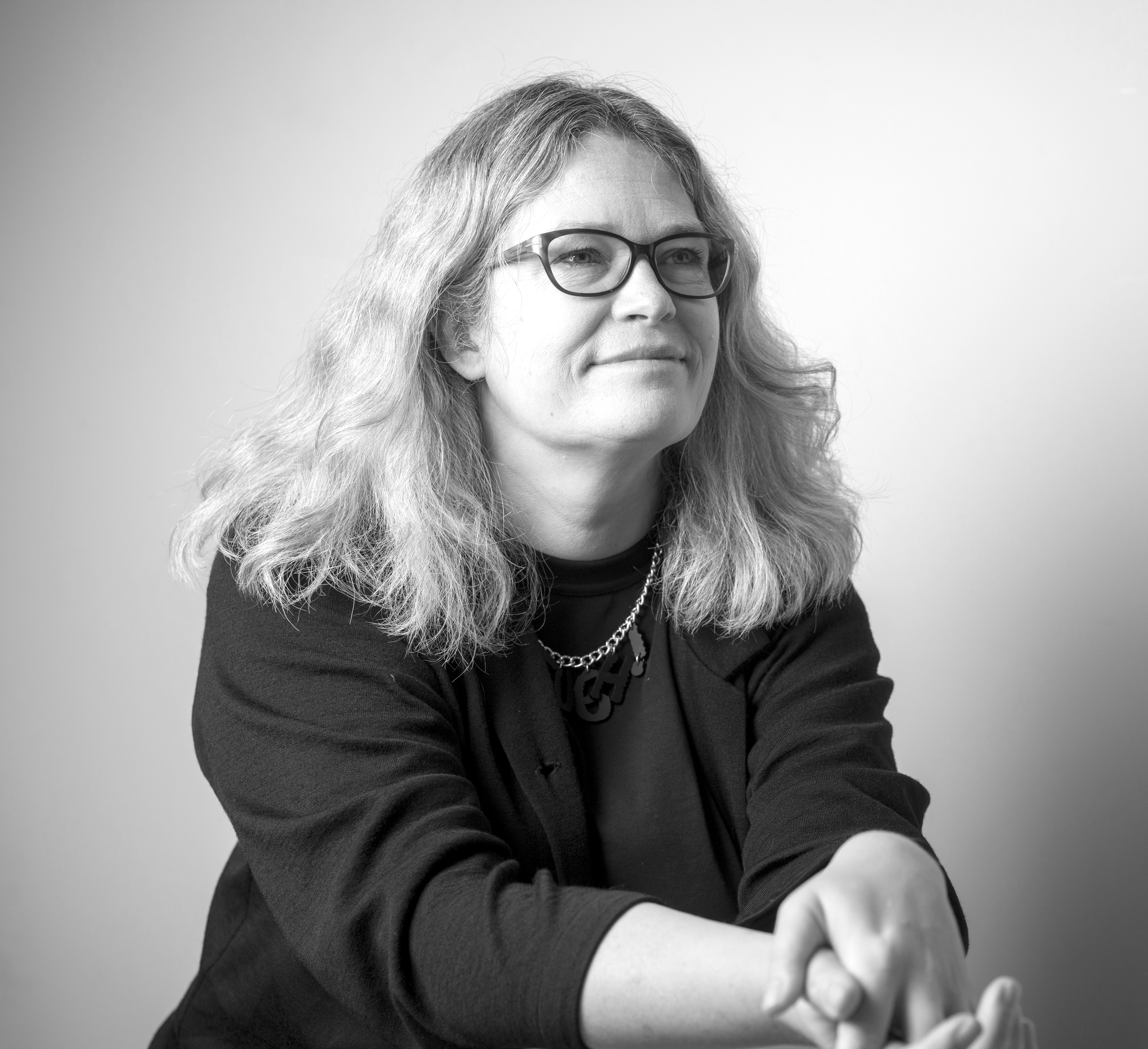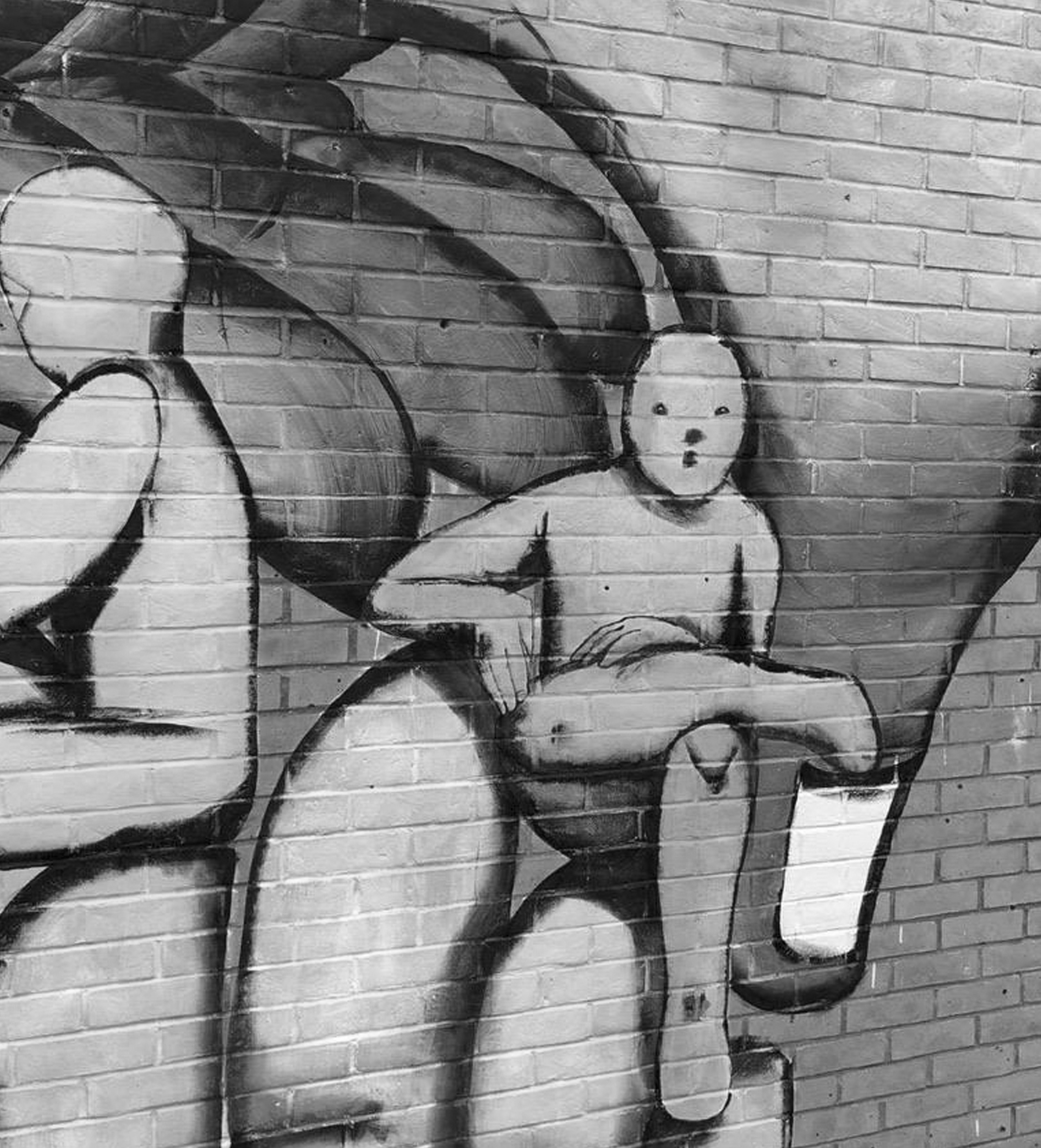What will 2022 hold for Exhibition Design?

After all the difficulties of 2020 and 2021, what 2022 will bring? Wondrous escapism I suspect, as we find ways to celebrate what it means to be alive and human. The cultural landscape has changed, however. We need to be more aware of who is represented and how our work will impact the planet. We can’t be lazy or sloppy. Exhibitions need to be clever, witty and make a statement. They need to be worth leaving the house for - plugging us into the world and the zeitgeist.
We welcome the move to recyclable plinths - as Assemble used for the Charlotte Perriand show at the Design Museum - with breeze blocks piled up to create artwork bases. These can be taken down and used for another installation or to build something else, like a reconfigurable kit of parts. Anything less feels inappropriate now.
Digital and lighting’s power to enhance and transform will be key too. Exhibits can be slightly messy at the edges, held up by pegs or surrounded by key clamp fittings, bolts or industrial elements. If the gesture is right, it’s fine - as long as it looks good in a photo.
I predict a return too to good quality, pared-back designs. Lots of inspired simplicity. Perhaps as exhibition designers, we should seek to be invisible, creating only an atmosphere, where nothing interferes with the moment of truth between visitor and the object, painting or idea on show.

Here are three exhibitions from 2021 which all include great approaches to future-facing design
1. New permanent hang at the new Munch Museum in Oslo
I loved visiting the newly-opened Munch Museum last October. It felt really exciting to experience a brand new museum, with a large collection hung in vast, purpose-built gallery spaces. It was full of life and excitement, allowing you to look and re-look at favourite paintings and bringing out so much more meaning through its careful displays and juxtapositions.
The team that built the new exhibitions has been very consistent in their approach to the branding, the building and the hang. Within an eccentric building with a lopsided lean, you really rediscover the vitality of Munch’s work in exquisite new ways. I was particularly excited with the way in which, as Munch’s palette of materials shifted through drawings, prints and paintings, so did the building and the displays. Spaces opened up and expanded with larger double height spaces and longer vistas, before becoming more intimate again.

2. Wes Anderson’s ‘The French Dispatch’, 180 Studios, The Strand
This exhibition was joyful from beginning to end. I hadn’t at the time seen the film, but the experience was much more about stepping into the mind of the film-maker, enabling the visitor to see behind the scenes of a film set.
The detail the set and scenic artists had gone into to create a credible backstory to every detail was amazing. The scale shifted constantly, from tiny models to large neon signs where you could sit and have your photo taken. The untouched feel of the spaces also really helped; the galleries have an inbuilt roughness and sense of experimentation.
Watching the film afterwards, it was delightful to appreciate the amount of detail for one short segment. It felt as if we had been allowed a glimpse into an artist’s mind, to inspire us all to create.

3. Ei Arakawa, Turbine Hall, Tate Modern
There was something about this project - called ‘Tate Play’ - that was so liberating. It came at a very particular time, where art galleries were opening their doors once again. Taking part in this huge interactive playground felt completely wonderful.
I visited after the confines of lockdown with my teenage children and the sheer volume of space - and the call to action to draw and say what you wanted to say - felt very exciting. There were roughly-made theatrical pieces that littered the floor, reinforcing that this was about your gesture and that making your own mark was important. People created imaginary worlds, forests and homes. My children who had been cooped up at home spent hours drawing faces and people around them.
It was so cleverly about all of us, whilst the scale meant it was bigger than any one of us. It felt as if we were contributing to something big - a beautiful metaphor for rebuilding society.
This article originally appeared in Design Week.

